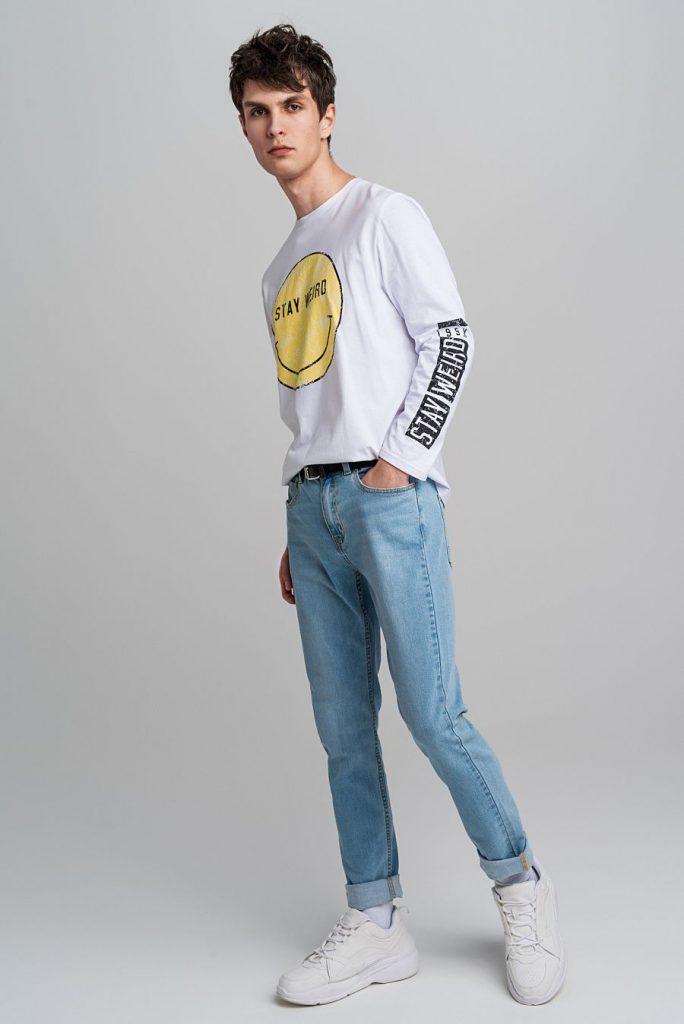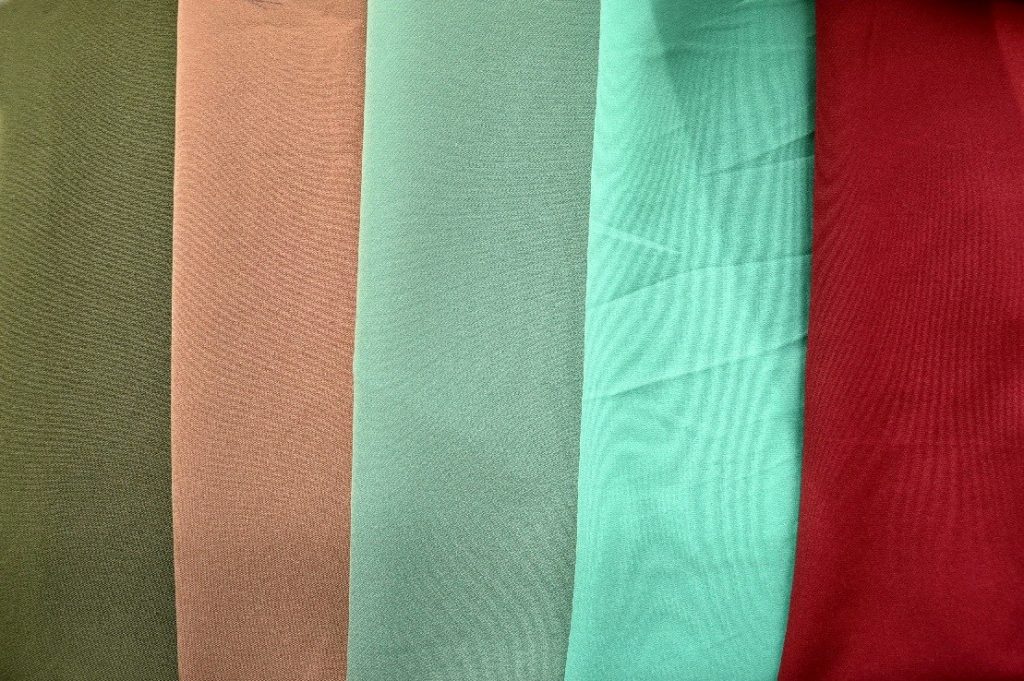Very often questions arise, why when printing directly on fabric with white ink, the image is not the same as in the preview. It seems that the layout is the same, and all the actions are done one-on-one, but the print is still not the same, not white enough. The problem is not with the printer and ink, although sometimes they can also pump up. The final image in direct printing is affected by many factors. One of the main ones is the choice of fabric, although for some reason few people pay attention to it. Let’s see what you need to think in advance and see what affects what.

Fabric pretreatment The process of preparing the fabric is somewhat reminiscent of a story with a primer layer of paint that the artist puts on a dry canvas before starting work on the painting – each subsequent layer is applied to the dried previous one. The same principle works in print. When white ink is applied to a previously prepared material, it reacts and begins to change, a color print is printed without mixing colors. The result is a clear, clean image. It is interesting that even if you prepare two products for printing the same way – keep the same parameters, layout, but there will be a different fabric – the images on the two products will be different.
In the picture above, two doubled t-shirts. Images are very different. In the right picture, the colors are much brighter and richer. On the left T-shirt more fibrillation, less brightness. Because of this, the print turned out to be slightly grayish, not white. White is richer on the right sample. The only difference between t-shirts is what you most often do not pay attention to – in the type of fabric of the product.
Choosing the right fabric

In polygraphs that are engaged in direct printing, they will tell you for sure that the quality of the fabric greatly affects the final picture. The better the quality of the fabric, the better the image and, accordingly, the product that the customer receives. How to choose a quality fabric? The left T-shirt is made of carded yarn – an inexpensive and common material. There are many who want to save, so you have to work with him most often. Better fabric – combed yarn – enzymatic treatment allowed. It is from her that the right T-shirt is sewn. Due to the high fiber density, the yarn is less fluffy. As a result, the printing surface is smoother, and the image is accordingly improved.
Let’s draw an analogy between the two types of fabric and print photos. If you print on plain paper, you get just a good image, but when there is a special photo paper, the story changes and the picture is a cut above.
Check it out for yourself Since the fabric in different stores is always different, it is better to stock up on materials of different processing. Many manufacturers write on their products that the fabric is suitable for direct printing. We advise you to choose several brands in which you are sure. The next time you have problems with applying white ink in direct printing, do not blame the printer or layout, it is better to deal with everything in order. Clothing made of high-quality fabric, of course, is more expensive, but the image will turn out better, and you will be satisfied!

